by Deep Green Resistance News Service | Apr 29, 2013 | Lobbying, Mining & Drilling
By Community Environmental Legal Defense Fund
Earlier today, the County Commission of Mora County, located in Northeastern New Mexico, became the first county in the United States to pass an ordinance banning all oil and gas extraction.
Drafted with assistance from the Community Environmental Legal Defense Fund (CELDF), the Mora County Community Water Rights and Local Self-Government Ordinance establishes a local Bill of Rights – including a right to clean air and water, a right to a healthy environment, and the rights of nature – while prohibiting activities which would interfere with those rights, including oil drilling and hydraulic fracturing or “fracking,” for shale gas.
Communities across the country are facing drilling and fracking. Fracking brings significant environmental impacts including the production of millions of gallons of toxic wastewater, which can affect drinking water and waterways. Studies have also found that fracking is a major global warming contributor, and have linked the underground disposal of frack wastewater to earthquakes.
CELDF Executive Director Thomas Linzey, Esq., explained, “Existing state and federal oil and gas laws force fracking and other extraction activities into communities, overriding concerns of residents. Today’s vote in Mora County is a clear rejection of this structure of law which elevates corporate rights over community rights, which protects industry over people and the natural environment.”
He stated further that, “This vote is a clear expression of the rights guaranteed in the New Mexico Constitution which declares that all governing authority is derived from the people. With this vote, Mora is joining a growing people’s movement for community and nature’s rights.”
CELDF Community Organizer and Mora County resident, Kathleen Dudley, added, “The vote of Mora Commission Chair John Olivas and Vice-Chair Alfonso Griego to ban drilling and fracking is not only commendable, it is a statement of leadership that sets the bar for communities across the State of New Mexico.” She explained that the ordinance calls for an amendment to the New Mexico Constitution that “elevates community rights above corporate property rights.”
Mora County joins Las Vegas, NM, which in 2012 passed an ordinance, with assistance from CELDF, which prohibits fracking and establishes rights for the community and the natural environment. CELDF assisted the City of Pittsburgh, PA, to draft the first local Bill of Rights which prohibits fracking in 2010. Communities in Pennsylvania, Ohio, Maryland, New York, and New Mexico have enacted similar ordinances.
Mora County joins over 150 communities across the country which have asserted their right to local self-governance through the adoption of local laws that seek to control corporate activities within their municipality.
From CELDF:
by Deep Green Resistance News Service | Apr 26, 2013 | Mining & Drilling
By Max Wilbert / Deep Green Resistance Great Basin
The first Tar Sands mine in the United States is an open wound on the landscape: a three acre pit, the bottom puddled with water and streaked with black tar. Berms of broken earth a hundred feet tall stand on all sides. To the north and south, Seep Ridge Road – a narrow, rutted, dirt affair – is in the midst of a state-funded transfiguration into a 4-lane paved highway that may soon be clogged with afternoon traffic jams of oil tankers and construction equipment. Clearcuts and churned soil stretch to either side of the road, marking the steady march of progress.
This is the Uintah Basin of eastern Utah – a rural county, known for providing the best remaining habitat in the state for Rocky Mountain Elk, White Tailed Deer, Black Bear, and Cougar. In the last decade, it’s become the biggest oil-extraction region on the state, and in the last five years fracking has exploded. There are over 10,000 well pads in the region. And now, the Tar Sands are coming.
Thirty two thousand acres of state lands situated on the southern rim of the basin – some 50 square miles – have been leased for Tar Sands extraction. If all goes according to plan, the mine at PR Springs that I’m looking at would produce 2,000 barrels of oil per day by late this year, with planned increases to 50,000 barrels per day in the future.
Dozens of similar mines are planned across the whole region. Along with their friends in state and local governments, energy corporations are collaborating to turn this region into an energy colony – a sacrifice zone to the gods of progress, growth, and desecration.
Twelve to 19 billion barrels of recoverable tar sands oil is estimated to be located under the rocky bluffs of eastern Utah, mostly in the southern portion of Uintah County. It’s a drop in the bucket for global production, but it means total biotic cleansing for this land.
Crude oil, tar sands, oil shale, and fracking: these are the wages of a dying way of life, and the ozone pollution that is already reaching record levels in this remote, sparsely-populated region is evidence of the moral bankruptcy of this path. There is no claim to morality in this path. It leads only to death, for us and for all life.
Alongside the test pit and scattered throughout the landscape, drill pads for seismologic assessment and roads to the pads have already been cut through the forests and shrubs, leaving behind a patchwork of shattered sagebrush and mangled juniper – testament to the Earth-crushing consequences of this “development”.
Situated at 8,000 feet of elevation, this wild region is called the Tavaputs Plateau. Unmarked, often muddy dirt roads make travel dangerous, and deep valleys plunge thousands of feet to the rivers that drain the region – the White River to the north, and the Green to the west. Both flow into the Colorado River, which provides drinking water for more than 11 million people downstream.
Resistance to tar sands and oil shale projects in Utah dates at least back to the 1980’s, when David Brower and other alienated conservationists fought off the first round of energy projects in this region. Thirty years later, the fight is on again.
It is likely that the PR Springs mine will be the bellwether of Tar Sands mining in the United States. If the project is stopped, it will be a major blow to the hopes of the Tar Sands industry in this country, while if it goes ahead smoothly, it may open the floodgates for more projects in Utah, Colorado, and Wyoming.
That is why resistance to this project is so important. That resistance is building. Strong organizations based in Moab (Before it Starts and Living Rivers) and Salt Lake City (Utah Tar Sands Resistance and Peaceful Uprising) are working together to organize against the project, and individuals and allies have been scouting the site and preparing to take action this summer.
Campouts at PR Springs will take place in May and June with more gatherings likely throughout the summer. An action camp will take place the fourth week of July, with activists and concerned people from across the country gathering to support one another, prepare for action, and make plans. All are welcome.
Time is short. There is no time to waste, and we are few. If we are to succeed, we will need your help, your solidarity.
Looking out across a landscape that might soon be a wasteland, my gaze wanders across the juniper, scrub oak, and sagebrush that wrap gently over the hillsides and drop into the valleys. The setting sun casts waning light on the treetops, and a small herd of Elk climbs a ridge in the distance and disappears into the brush. Overhead, the few clouds in the broad sky fade from red to deep purple, then to darkness.
The last birds of the day sing their goodnight songs, and the stars begin to appear, thousands of them, lighting up the night sky and casting a dull glow across the countryside. I take a deep breath, tasting the cool night air spiced with the scents of the land.
The bats are out, flitting about snatching tasty morsels out of midair. I can hear their voices. They are calling to me. Tiny voices carrying across miles to whisper in your ear like the tickle of a warm breeze. “Fight back,” they say. “Please, fight back. This is our home. We need you to do what it takes to stop this. Whatever it takes to stop this. Whatever it takes.”
Whatever it takes.
_____________________________________________________
Companies involved in Tar Sands projects in the Utah include Red Leaf Resources (which also works in the Oil Shale business and is based in Salt Lake City), MCW Energy Group, Crown Asphalt Ridge LLC, and U.S. Oil Sands, a Calgary, Alberta based company.
Red Leaf Resources is currently working on a shale oil operation in the same region as the PR Springs mine, which could eventually produce 10,000 barrels of oil per day. Other large oil shale operations are planned for region by the Estonian company Enefit.
You can learn more about the resistance to Utah Tar Sands projects at the following websites:
http://www.tarsandsresist.org/
http://www.peacefuluprising.org/topic/current-campaigns/stop-tar-sands
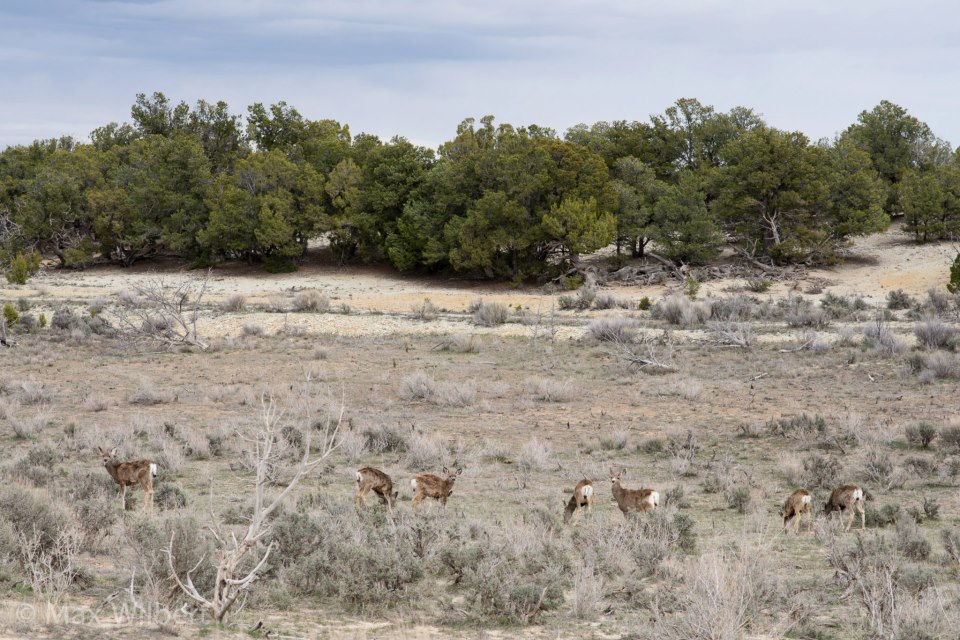
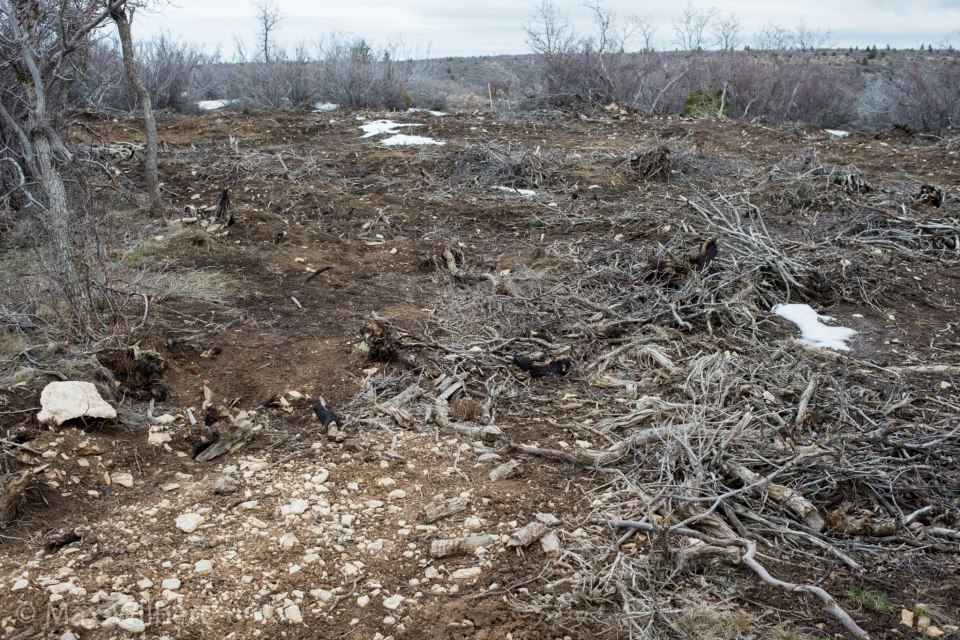
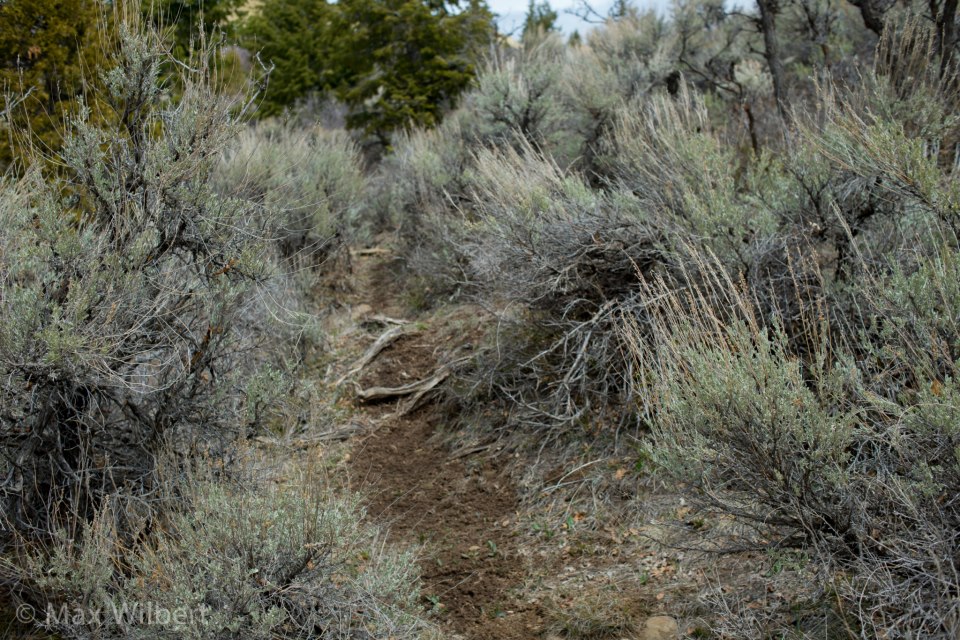
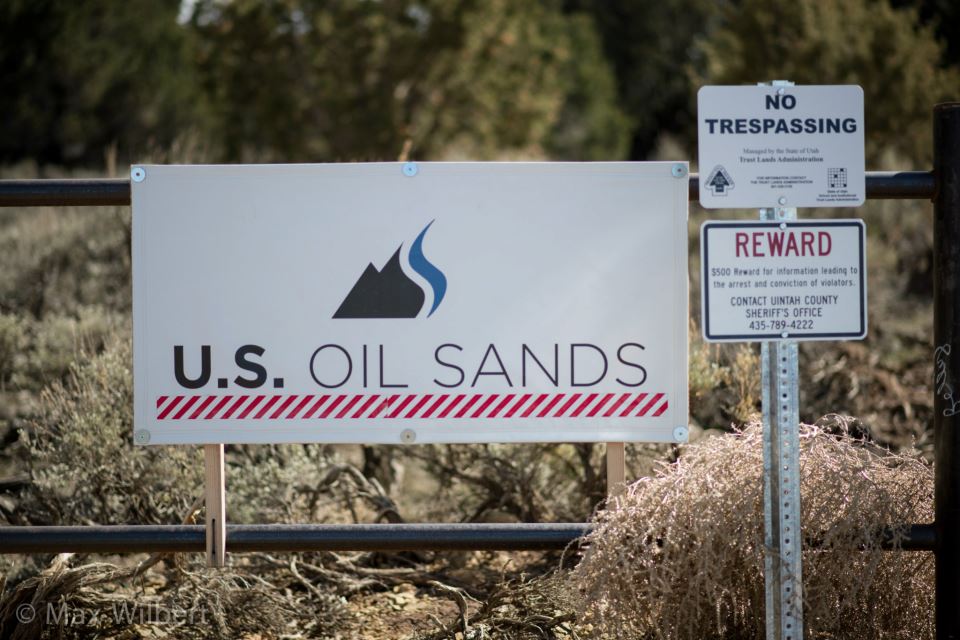
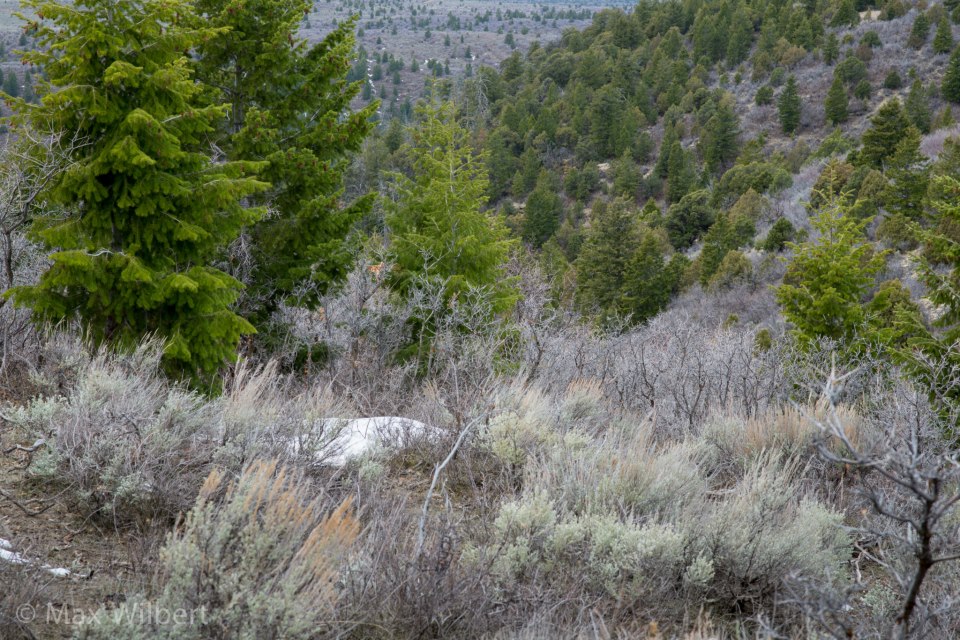
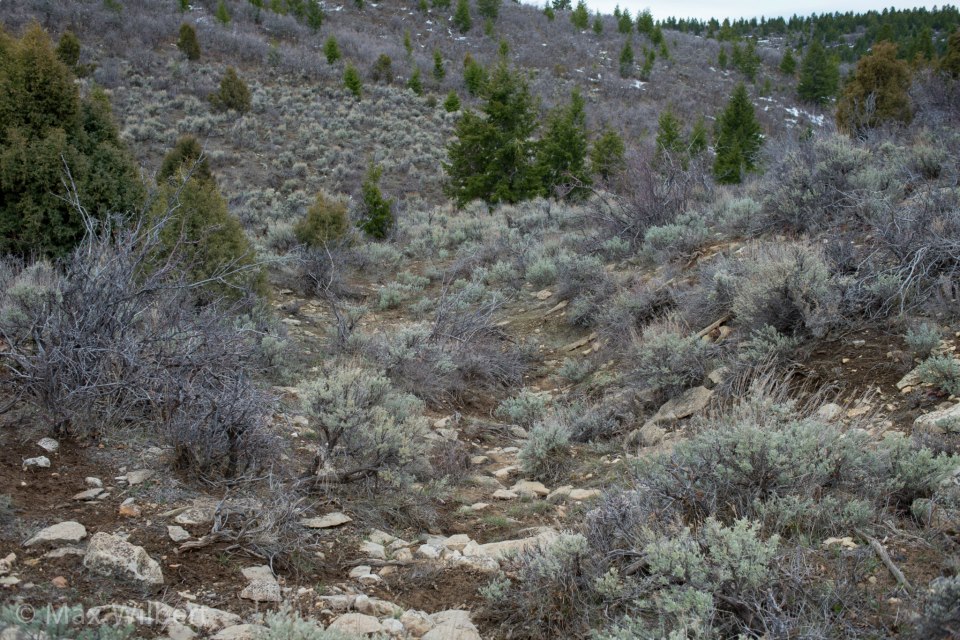
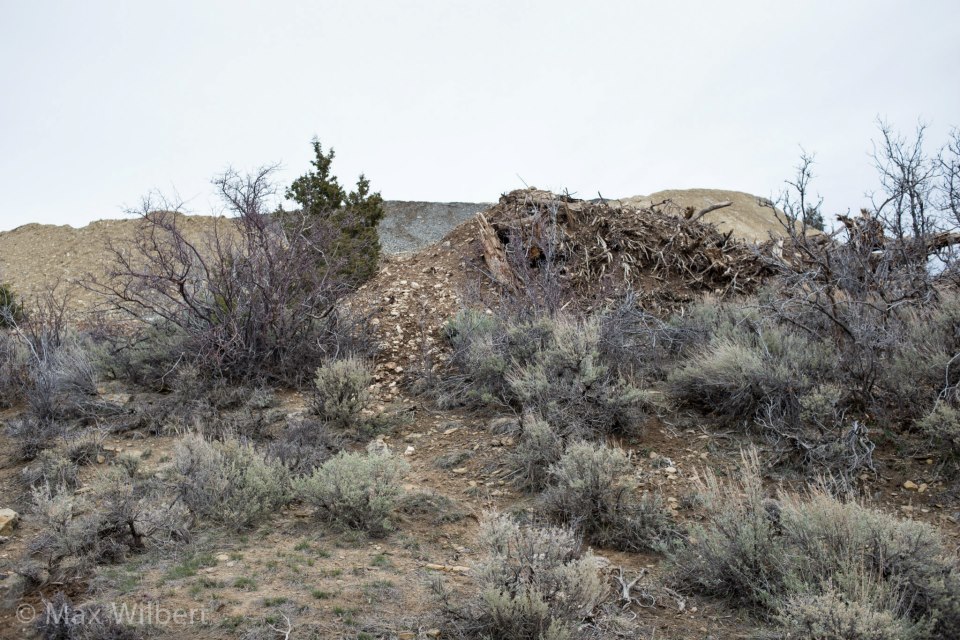
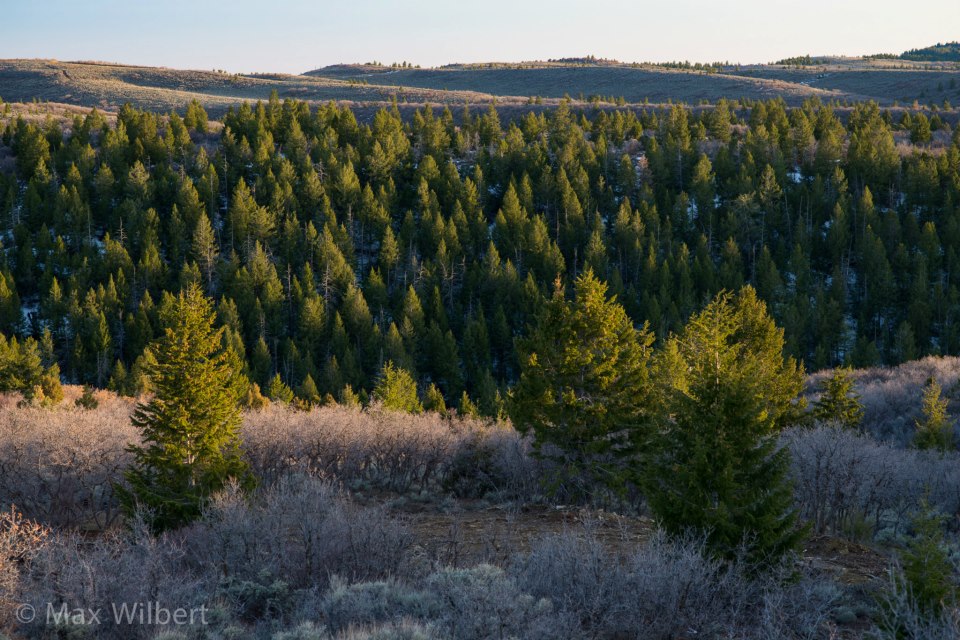
Max Wilbert is a writer and community organizer living in occupied Goshute territory otherwise known as Salt Lake City, UT. He originally hails for occupied Duwamish territory known as Seattle, and organizes primarily with the Great Basin Chapter of Deep Green Resistance to fight injustice and promote strategies towards the dismantling of industrial civilization.
You can contact Max Wilbert at greatbasin@deepgreenresistance.org
by Deep Green Resistance News Service | Apr 25, 2013 | Biodiversity & Habitat Destruction, Climate Change, Mining & Drilling, Toxification
By Max Wilbert / Deep Green Resistance Great Basin
On April 19th, myself and other organizers from the Salt Lake City community attended the Morning Energy Update, a meeting hosted by the Utah State Office of Energy Development. The meeting was held in a small conference room at the World Trade Center Utah building.
The room was full – us five or six activists mixed in with energy industry businesspeople, State and County officials, and one or two journalists. I sat next to Cody Stewart, the energy advisor to Gary Herbert, the Governor of the State of Utah.
The main topic of the meeting was the development of Oil Shale in eastern Utah, in Uintah and Grand Counties – areas already hard hit by oil and gas extraction and threatened with Tar Sands extraction.
Rikki Hrenko, the CEO of Enefit American Oil (an Estonian shale oil corporation) was the keynote. She presented about the “economic sustainability” and moderate environmental impact of the project.
I responded with the following statement:
http://picosong.com/FkPw/
Any claims about oil shale having a low impact are simply ridiculous – we are talking about strip mining a vast area of wild lands in the watershed of the Colorado, whose water is already so taxed by cities and agriculture that the river never reaches the ocean. Instead, it simply turns into a stream, then a trickle, then cracked mud for the last 50 miles.
The WorldWatch Institute states that oil shale is simply an awful idea:
“Studies conducted so far suggest that oil shale extraction would adversely affect the air, water, and land around proposed projects. The distillation process would release toxic pollutants into the air—including sulfur dioxide, lead, and nitrogen oxides. Existing BLM analysis indicates that current oil shale research projects would reduce visibility by more than 10 percent for several weeks a year. And NRDC states that in a well-to-wheel comparison, greenhouse gas (GHG) emissions from oil shale are close to double those from conventional crude, with most of them occurring during production. According to the Rand Corporation, producing 100,000 barrels of oil shale per day would emit some 10 million tons of GHGs.
The BLM reports that mining and distilling oil shale would require an estimated 2.1 to 5.2 barrels of water for each barrel of oil produced—inputs that could reduce the annual flow of Colorado’s White River by as much as 8.2 percent. Residues that remain from an in-situ extraction process could also threaten water tables in the Green River Basin, the agency says.
NRDC notes that the infrastructure needed to develop oil shale would impose equally serious demands on local landscapes. The group warns that impressive arrays of wildlife would be displaced as land is set aside for oil shale development. And it says that while open pit mining would scar the land, in-situ extraction would require leveling the land and removing all vegetation.
In addition to the environmental impacts of oil shale, vast amounts of energy are required to support production. In Driving it Home, NRDC cites Rand Corporation estimates that generating 100,000 barrels of shale oil would require 1,200 megawatts of power—or the equivalent of a new power plant capable of serving a city of 500,000 people. Proponents of oil shale have a stated goal of producing one million barrels of the resource per day.”
by Deep Green Resistance News Service | Apr 6, 2013 | Climate Change, Mining & Drilling
By Max Wilbert / Deep Green Resistance Great Basin
While global warming is a topic of conversation and news coverage every day around the world, the basic raw materials that drive the global economy are rarely discussed as being involved. But these materials play a key role in global environmental issues.
Where do plastics come from? How is paint made? How do simple electronics, like land line telephones, come to be? How does the electric grid itself come to be? And in a world that is being wracked by warming, how do these basic industrial technologies impact the climate?
This will be the first article in a series exploring these questions and more. This inaugural piece will focus on steel: a material so ubiquitous it is nearly invisible, a material that was the foundation of the industrial revolution, a material that even today is used a measure for the health of the global economy.
The foundation of an economy
Steel, alongside oil, is the basic raw material of the global industrial economy. The material is widely used in construction and almost all other industries. The amount of steel being consumed per capita is often used as a measure of economic progress: financial firms like the World Bank consider 700 pounds of steel consumption per person per year a basic measure of the economic development of a nation.
More than 1.3 billion tons of steel is produced every year.
What is steel made of?
Steel is an alloy composed mainly of iron mixed with smaller portions other material, most often carbon, but sometimes manganese, chromium, vanadium, or tungsten. These other substances act as hardening agents to strengthen the steel.
The first step in our journey along the path of steel production is the extraction of the basic materials. The largest iron ore mine in the world is the Carajás Mine in Northern Brazil. The facility produces more than 90 million tons of iron ore every year. The ore is transported nearly 900km (in the largest train in the world) along a single train track to the port city of Sao Luis.
The train line, called EFC, was shut down in October of 2012 by indigenous inhabitants of the region protesting a planned expansion of the mine.
The environmental impacts of the mine are numerous. Firstly, to reach the ore, the rainforest must be cleared. More than 6,000 square kilometers of forest around the Carajas mine are clearcut every year for charcoal alone. More forest is removed for direct mining operations. Mercury is used in the mining process, and contaminates 90 percent of fish downstream of the mine.
In addition to the environmental impacts, iron ore mining in the Amazon has displaced tens of thousands of indigenous people, decimated newly-contacted tribes through the spread of infectious diseases, and flooded remote areas with thousands of workers, networks of roads, and all the associated impacts.
Poverty, social conflict, and environmental devastation have been the wages of mining. As the World Wildlife Federation has noted, “Mining is one of the dirtiest industrial activities on the planet, in terms of both its immediate environmental impacts and its CO2 emissions.”
Smelting and steel production
Once the raw materials for steel production are gathered, they must be combined. The first step is the smelting of iron ore in a blast furnace. The heat to melt iron ore usually comes from burning natural gas, coal or, more often coke.
“Coke is the most important raw material fed into the blast furnace in terms of its effect on blast furnace operation and hot metal quality,” writes Hardarshan S. Valia, a scientist at Inland Steel (now ArcelorMittal).
Coking coal is a fuel and heat source that is essential to the production of steel. Coke, also known as metallurgical coal, is produced by baking coal in an airtight furnace at 2,000-3,000 °F. Generally, two tons of coal are baked to create one ton of coke. The process of creating coke toxifies large amounts of water, releases copious greenhouse gases and other toxic fumes, and requires large amounts of electricity.
“Air emissions such as coke oven gas, naphthalene, ammonium compounds, crude light oil, sulfur and coke dust are released from coke ovens,” notes the Illinois Sustainable Technology Center, “[and] quenching water becomes contaminated with coke breezes and other compounds.”
At this stage of the process, ground up limestone or other carbon-rich rock is added to the molten iron ore to balance the acidity of coke and coal. This is called reduction. While a small portion of the carbon content of the limestone and coal or coke is adsorbed into the molten metal and adds strength to the steel, the bulk of this carbon is released to the atmosphere as CO2.
At current rates, around 1.9 metric tons of CO2 are released for every metric ton of steel production. Overall, the International Energy Agency estimates that 4-5% of global CO2 emissions come from the iron and steel industry.
Once the smelting process in the blast furnace is complete, the result is an intermediate stage in steel production called pig iron. This molten pig iron is now prepared for the next step, which involves processing in a basic oxygen furnace.
In the basic oxygen furnace, molten pig iron is poured into a large ladle and scraps of recycled steel are added. Impurities of silicon, phosphorous, and sulfur are removed by means of a chemical reaction, and high purities of oxygen are blown into the vessel at velocities greater than the speed of sound. This superheats the mixture and removes further impurities. The molten metal is now steel.
The basic oxygen furnace is only the most common method of steel production, used for 60% of global production with the process described above. This is called “primary steel production”. Secondary steel, which requires less energy input but is a lower quality product, is made entirely from scrap steel using an electric arc furnace. Steel production from recycled scrap accounts for nearly half of all steel production in developed countries.
What is steel used for?
As noted above, steel is critical to the global economy. It is considered one of the basic raw materials for industrial development, and is used for the production of cranes, ships, trucks, trailers, cars, jacking platforms, underwater cables, electrical transmission towers and lines, rail cars, girders for buildings and bridges, home appliances, pots and pans, bicycles, guard rails, scaffolding - the list goes on endlessly.
While the role of steel and other polluting substances in many of these products and industries has been examined thoroughly, the same rigor has generally not been applied to alternative energy technologies. Wind turbines, for example, use a great deal of steel. As has been noted by the World Steel Association, the global trade group for the industry: “every part of a wind turbine depends on iron and steel.”
Can steel be sustainable?
One of the most common wind turbines in the world today is a 1.5 megawatt design produced by General Electric. The nacelle - the portion of the turbine on top of the tower - weighs 56 tons, while the tower weighs in at 71 tons and the blades at 36 tons. A single turbine, at over 60 percent steel, requires over 100 tons of the material.
This 1.5 megawatt model is a smaller design by modern standards - the latest industrial turbines can require more than twice as much steel.
The production and installation of wind turbines also requires large amounts of concrete (more than 1,000 tons for a standard wind turbine anchor platform) and other materials such as copper, which is used for electrical cables and makes up some 35% of the generator. About half of all copper mined worldwide is used for electrical wires and transmission cables.
Copper production is a large source of pollution and waste, starting with the exploration and development process, where roads and facilities are built, and ending with the toxic byproducts of copper refining.
Impacts of copper mining mirror steel production, and include land clearance, soil removal, erosion of soil and mine waste, toxic tailings, acid mine drainage, contaminant leaching, water extraction and contamination, the release of dust and particulate matter, air pollution from vehicles and machinery, mercury and other heavy metal contamination, habitat loss and fragmentation, soil and groundwater contamination, and greenhouse gas emissions.
The Bingham Canyon Copper Mine near Salt Lake City, Utah, is the largest man-made excavation in the world, and a good example of the toxic nature of extraction and refining – the Salt Lake Valley periodically registers the worst air quality in the United States. The mine is visible from space with the naked eye.
Global Trade
Beyond the direct impacts of steel production, the process of creating wind turbines must be assessed in context; in this case, the context of global trade. Creating a wind turbine is a worldwide manufacturing operation, explains Brian Doughty of Puget Sound Energy, who manages a wind power installation in eastern Washington state.
“For this particular project,” Doughty notes, “these tower sections came from Vietnam, the nacelles and blades came from Denmark, everything was brought into the port of Vancouver WA, and brought up here [to eastern Washington] by truck.”
This global arrangement of shipping and transportation tangles wind turbines further in a vast, deadly net of fossil fuels, pollution, devastated ecosystems, “free trade” agreements, and decimated communities.
Steel: the past, not the future?
The World Steel Association and other global entities are convinced that steel is a key material for the future of civilization. But as should be clear from the information presented above, steel is an industrial material for an industrial world – dirty, polluting, energy intensive.
There are many options for the human species moving forward. Steel lies along the industrial path that we have trodden before, dirty and littered with the bodies of the collaterally damaged. Which path is taken remains to be seen, but one thing is sure: before we can make the right decisions, we must have the facts. And with steel, the facts are grim.
References
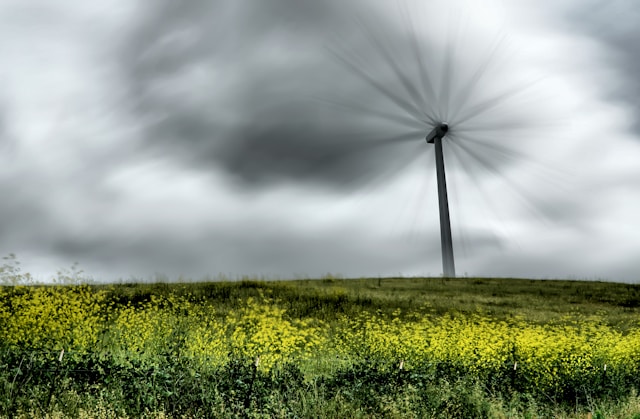
by Deep Green Resistance News Service | Mar 21, 2013 | Biodiversity & Habitat Destruction, Climate Change, NEWS
By Root Force
A series of recently released studies make it clear that wind power is not going to save us—not from global warming, not from high extinction rates, and not from the system of high-energy-consumption industrial exploitation that is killing the planet.
Let’s start with the most damning findings: even the most large-scale shift to wind power cannot slow greenhouse gas emissions enough to have any positive effect on the climate, although it may manage to make things worse. Why?
A study published in Nature Climate Change in September found that although hypothetically there is enough power in the earth’s winds to sustain current levels of energy consumption, in practice you could never harvest enough energy from wind to affect the climate:
Turbines create drag, or resistance, which removes momentum from the winds and tends to slow them. As the number of wind turbines increases, the amount of energy that is generated increases. But at some point, the winds would be slowed so much that adding more turbines will not generate more electricity. …
[T]he study found that the climate effects of extracting wind energy at the level of current global demand would be small, as long as the turbines were spread out and not clustered in just a few regions. At the level of global energy demand, wind turbines might affect surface temperatures by about 0.2 degrees Fahrenheit and affect precipitation by about 1 percent. Overall, the environmental impacts would not be substantial. (emphasis added)
Another study, published in Nature last month, found that wind farms being constructed in Scotland actually lead to a net increase in carbon dioxide emissions:
Wind farms are typically built on upland sites, where peat soil is common. In Scotland alone, two thirds of all planned onshore wind development is on peatland. England and Wales also have large numbers of current or proposed peatland wind farms.
But peat is also a massive store of carbon, described as Europe’s equivalent of the tropical rainforest. Peat bogs contain and absorb carbon in the same way as trees and plants — but in much higher quantities.
British peatland stores at least 3.2 billion tons of carbon, making it by far the country’s most important carbon sink and among the most important in the world.
Wind farms, and the miles of new roads and tracks needed to service them, damage or destroy the peat and cause significant loss of carbon to the atmosphere, where it contributes to climate change. …
Richard Lindsay of the University of East London, said … “The world’s peatlands have four times the amount of carbon than all the world’s rainforests. But they are a Cinderella habitat, completely invisible to decision- makers.”
Finally, a study published last month in the journal Environmental Research Letters conducted a further analysis on the effects of wind turbine drag:
Each wind turbine creates behind it a “wind shadow” in which the air has been slowed down by drag on the turbine’s blades. The ideal wind farm strikes a balance, packing as many turbines onto the land as possible, while also spacing them enough to reduce the impact of these wind shadows. But as wind farms grow larger, they start to interact, and the regional-scale wind patterns matter more.
Keith’s research has shown that the generating capacity of very large wind power installations (larger than 100 square kilometers) may peak at between 0.5 and 1 watts per square meter. Previous estimates, which ignored the turbines’ slowing effect on the wind, had put that figure at between 2 and 7 watts per square meter.
In short, we may not have access to as much wind power as scientists thought.
“If wind power’s going to make a contribution to global energy requirements that’s serious, 10 or 20 percent or more, then it really has to contribute on the scale of terawatts in the next half-century or less,” says Keith.
If we were to cover the entire Earth with wind farms, he notes, “the system could potentially generate enormous amounts of power, well in excess of 100 terawatts, but at that point my guess, based on our climate modeling, is that the effect of that on global winds, and therefore on climate, would be severe — perhaps bigger than the impact of doubling CO2.” (emphasis added)
As if that weren’t enough, another study has just concluded that large wind turbines constructed offshore may snap like matches when hit by medium-size waves:
“If we do not take ringing into consideration, offshore wind turbine parks can lead to financial ruin,” warns John Grue to the research magazine Apollon at University of Oslo. …
Ringing does not just harm wind turbines. Ringing has already been a great problem for the oil industry. The designers of the YME platform did not take ringing into account, and lost NOK 12 billion.
“It is possible to build your way out of the ringing problem by strengthening the oil rigs. However, it is not financially profitable to do the same with wind turbines,” says John Grue.
And finally, let’s not forget what environmentalists have been warning about for decades: wind turbines murder birds.
ReWire has learned that the North Sky River Wind project, which attracted fierce opposition from environmental groups concerned about potential threat to eagles and California condors, was the site of a golden eagle death in January. …
The eagle kill apparently occurred on January 29, just a month after North Sky River started generating power.
So what’s the solution? Certainly not wind, solar, or any other industrial magic bullet. The solution is to dramatically scale back consumption and shift to local-based economies not dependent upon stealing resources from distant people and lands.
The solution is to demolish the global economic system.
Get started!
Photo by Casey Horner on Unsplash









